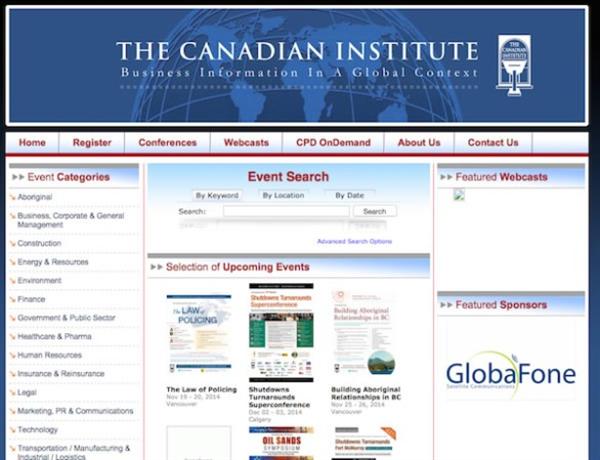What channels of marketing are driving your inbound marketing efforts? Search engines are nearly guaranteed, and you’ll also need a foundation of content. You’re also probably engaged in social media if only to dip your toe in the water, so to speak.
In a sense, you’re already doing multi-channel marketing, albeit piecemeal and on a smaller scale. Multi-channel marketing can encompass a very complex and nuanced combination of marketing channels or paths, if we think about it in terms of the consumer journey. [Read more…]

